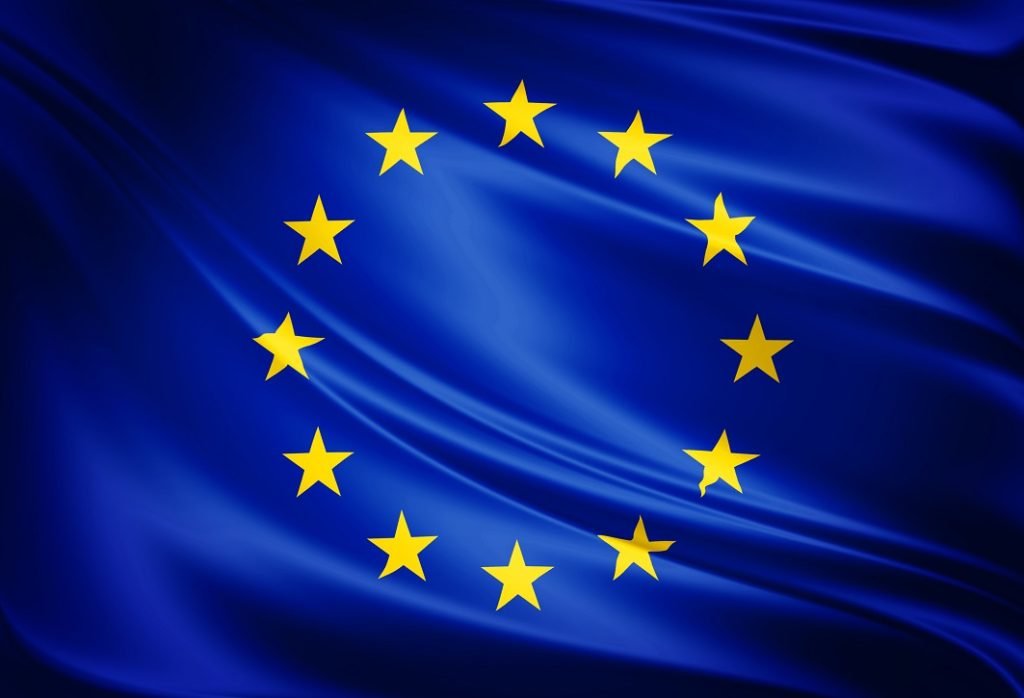The idea behind the Schengen Agreement was to build a free European zone known as the Schengen Area for free and unrestricted movement of people, goods and services with no internal borders between Schengen countries.

What is the Schengen Agreement?
The Schengen Agreement is the legal treaty which led to the creation of Europe’s Schengen Area. The agreement was signed on 14 June, 1985 in Luxemburg. Initially signed by only five EU countries to abolish their internal border controls, today the Schengen Area includes most of the European countries and is the largest free travel area in the world.
Citizens of Schengen countries can cross the internal borders of all member countries without passport checks. Holders of Schengen visa can also visit the entire Schengen area for up to 90 days every 6 months.
France and Germany are the two pioneering countries which decided to take the concept of free movement forward in more concrete terms. They agreed to move this over-debated topic into the next level. On 17 June 1984, the two countries were the first to bring the idea of free movement between the European countries within the framework of the European Council in Fontainebleau where they all approved to define required conditions for free Europe with no internal border checks.
On 14 June 1985 the Schengen Agreement was signed by five countries – France, Germany, Belgium, Luxembourg and the Netherlands – in the town of Schengen in Luxembourg, from where the agreement took its name.
The Schengen Convention
On 19 June 1990, the Convention Implementing the Schengen Agreement was signed by the five member countries. The key points of the agreement covered by this convention were as following:
- The abolition of internal border controls
- The definition of procedures for issuing a uniform Schengen visa
- Single database operation for all members known as SIS (Schengen Information System)
- Establishment of a cooperating structure between internal and immigration officers
After this the Schengen Area concept saw an incessant expansion. Less than three years later, all member states of the EU block, except for the United Kingdom and Ireland which chose to opt-out, the EU block signed the agreement. Today, most EU countries are in the Schengen Area, aside from Bulgaria, Croatia, Cyprus, Ireland and Romania.
Schengen Area Expansion
The real implementation of the Schengen Agreement started on 26 March 1995 when Spain and Portugal had also joined. After which, the Schengen Area saw a fast developing and expanding trend: Italy and Austria in 1997, Greece in 200, and Norway, Iceland, Sweden, Denmark and Finland in 2001 were to join.
The enlargement of the Schengen Area continued as in 2007, nine more countries joined the agreement (Czech Republic, Estonia, Hungary, Latvia, Lithuania, Malta, Poland, Slovakia and Slovenia). In 2008, Liechtenstein and Switzerland became part of the Agreement.
21 of the EU member states are part of the Schengen Area and four others -Bulgaria, Croatia, Cyprus and Romania – are yet to be admitted to the Schengen Area. Whereas, the Republic of Ireland opted out of the internal borders policy. However, they have signed up to certain other parts of the Agreement.
Though located outside the European continent, Madeira, Canary Islands and Azores are listed as special members of the European Union. They are also mentioned in the Schengen Zone.
While Vatican City, San Marino and Monaco are not members of the Schengen Zone, they have opened their borders.
Current Schengen Area Countries
Currently, 26 member states are part of the Schengen Area. 22 out of them are part of the European Union and 4 others are members of the European Free Trade Association (EFTA).
Moreover, four other European countries i.e. Croatia, Bulgaria, Romania and Cyprus, are in the process of joining the Zone.
Schengen Agreement Related to Visa Policy
Nationals of each country that is a part of Schengen countries and doesn’t have a visa agreement with European Union member states need a Schengen visa for Schengen Zone. The EU member states have a common visa policy and a common list of the countries the citizens of which need to get a visa to enter the Schengen territory. Visa exemptions are determined case by case by the EU.
Schengen visas allow you to stay and travel in the member states of the Schengen Zone for a maximum of 90 days in any 6 months period. The embassy or consulate of your Schengen destination country will issue a visa depending on the purpose of your travel.
NRIs living in the Schengen countries may have several India related queries. To ask any questions related to the rights of NRIs, PIOs, and OCIs, you can download SBNRI App from the Google Play Store or App Store. You can also use the SBNRI app for investment in stock market/ mutual funds, NRI account opening, tax filing, etc. To ask any questions, click on the button below. Also, visit our blog and YouTube channel for more details.



